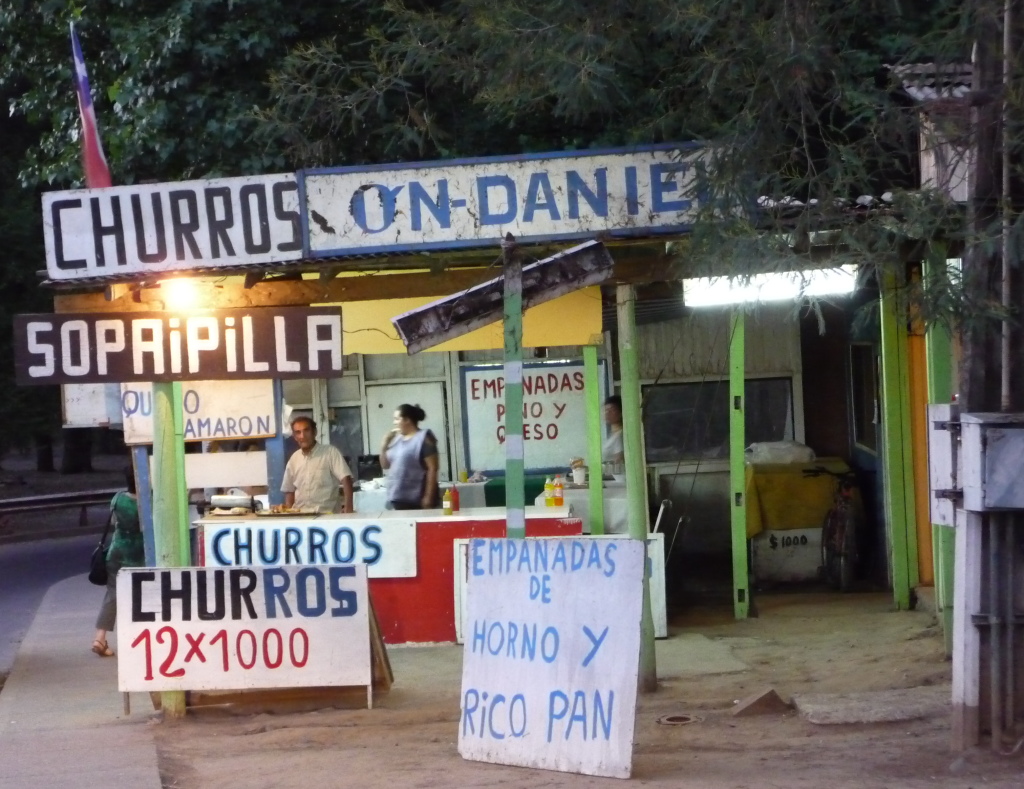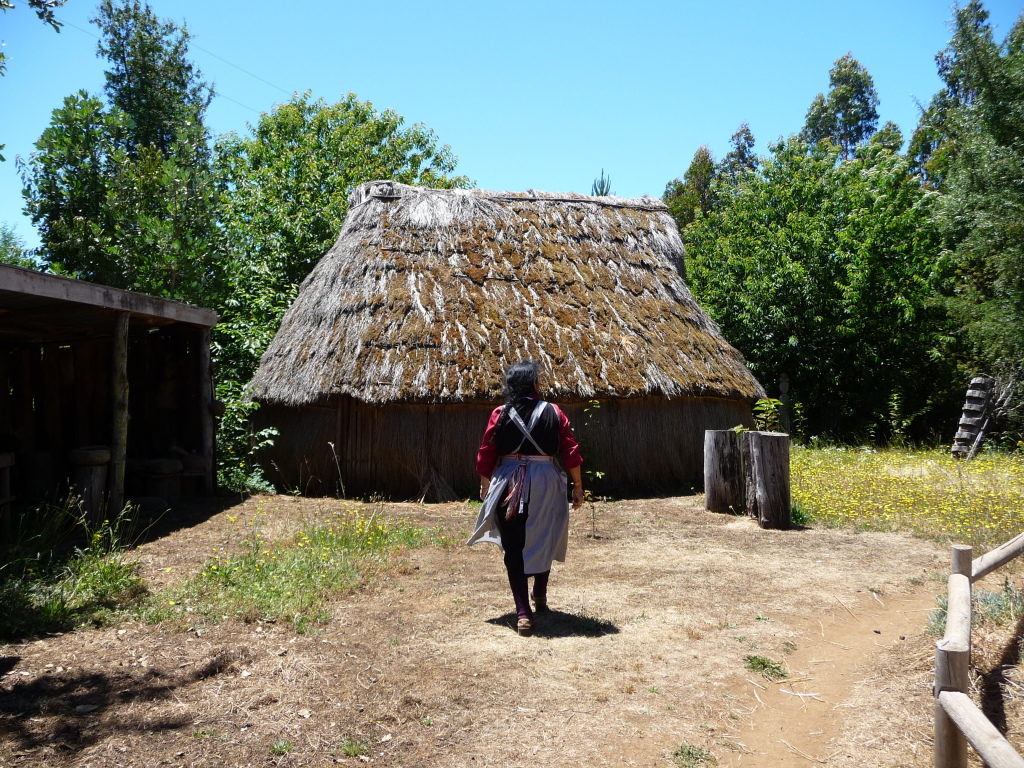 Dec 26-29 DAYS 37-40
Dec 26-29 DAYS 37-40
I enjoyed walking around the streets of the small towns, some lie along the shore, chatting with the locals and absorbing daily life. People were invariably open to discussion and despite my lack of fluency in Spanish, made every effort to understand what I was saying. My inquiries were sometimes rewarded with entirely new experiences. Once, my curiosity yielded a tasty sea creature picked from a black barbarous casing by the very hands who plucked the red mollusk out of the sea. (I was told eating it with lemon would be better-I agree.) Overall,fresh seafood was abundant and the primary means for creating a meal.
This part of Chile is the home to the Mapuche. The Mapuches are an indigenous people of Chile representing the vast majority of original dwellers living today. Their reputation as fierce defenders of their lands has not abated. Although many have adopted modern ways, I was hoping to meet those who still retained some of their traditions.
While visiting the Mapuche Museum of Cañete, I caught a video of an old woman weaving, coloring, preparing wool for her looms. Her techniques and tools were the same as her ancestors and I was enthralled. I hurried to the information desk inquiring as to her whereabouts. A phone call, bus ride, walk and a short hop on a motorcycle brought me to her home about 20kms away. Senora Amalia, 83, lives on her people’s land and still uses a ruka, a thatched dwelling for ceremonies and festivities.
For the next two hours she graciously shared tales with me of her life. Raising eight children with barely enough to feed them was painfully tough, but she and her family survived. Her life today seems comfortable and she showed off her great grandchildren with pride. 
Fan de ce pays merci,pour ton histoire et ton périple,amitié!
Je suis ravie que ça plait. Merci beaucoup!